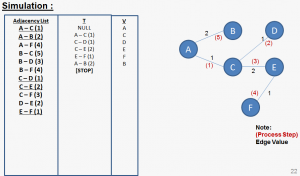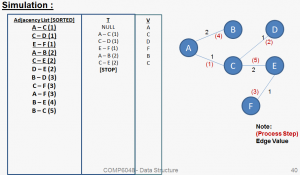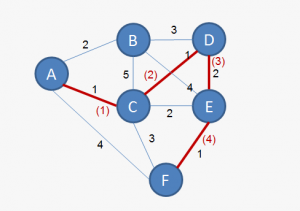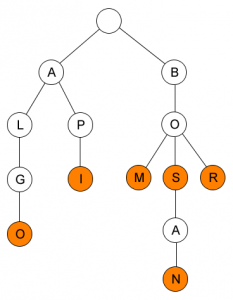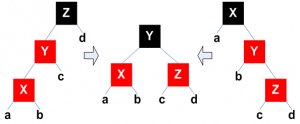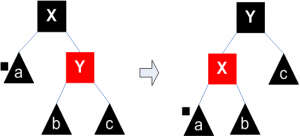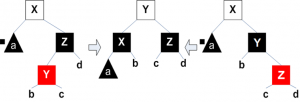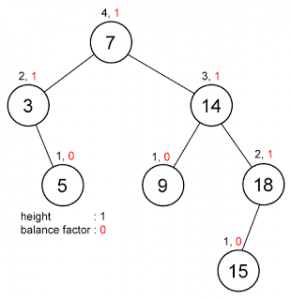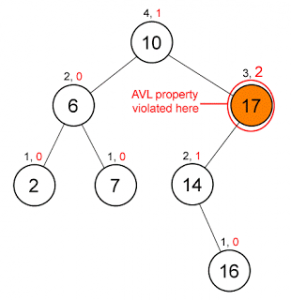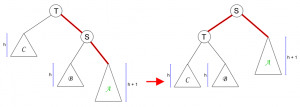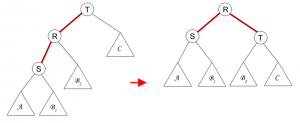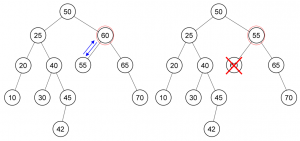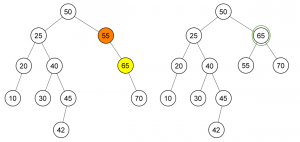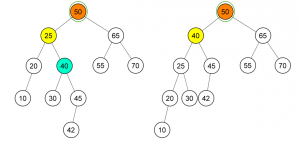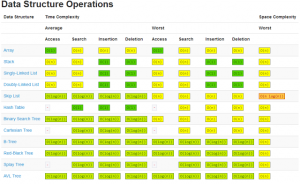Nama : William Wijaya
Nim : 1901475841
Array
1. Collection of Similar data Elements
2. Has same data type
3. Referenced by an Index
4. Index start from Zero
Array Type
1. One Dimensional Array (Ex : array[10])
2. Multi Dimensional Array (Ex : array[100][10][20])
3 Ways to Store Values in Array
1. Initialize the Elements
(Ex : int arr[2] ={1,2,3})
2. Input Values
(Ex : int i,int number[10]
for(i = 0;i<10;i++)
scanf(“%d”,&number[i];)
3. Assigning Values
(Ex : int i,int number[10],int number2[10]
for(i = 0;i<10;i++)
number[i]=number2[i];)
List of Operation available for Array
1. Traversal
2. Insertion3. Searching
4. Deletion
5. Merging
6. Sorting
Pointer
Pointer is a data type whose value refer to another value stored elsewhere in computer using its address
Important operator for pointer >>> &(address operator) and *(dereferencing operator)
For Example:
if we have
int x;
int *px; then x act as integer and px act as pointer to integer
Data Structure
Data Structure is an arrangement of data,either in computer storage or in the disk storage
Common example for Data Structure
1. Array
2. Linked List3. Queues
4. Stack
5. Binary Tree
6. Hash Tables
Array
1. Collection of similar data elements
2. Data elements have the same data type
Linked List
1. A very dynamic data structure in which the elements can be added to or deleted from anywhere at will2. Each elements is called a node
Queue
1. The elements that was inserted at first is the first one to be taken out
2. The elements in a queue are added on end called rear and removed from front
Stacks
1. Linear Array
2. Every stack has a TOP
3. LIFO/FILO(Last in First Out/ First in Last Out)
Binary Trees
1. A Data Structure which is defined by collection nodes2. Every node contains a left pointer, right pointer and data element
Session 2
Structure
basically a user defined data that can store different data type
Example:
struct data{
int age;
char name[100];
};
where data act as structure name , age and name act as structure member
Creating a variable of structure is similar to create a variable of primitive data type (Ex : data x; datax[100])
You can use operator . (dot) to access member of x
(Ex : x.age;x.name)
You can also use array on struct
(Ex : data x[100];
x[0].age;
x[1].age;
etc.
Memory Allocation : Dynamic
If you need to allocate memory dynamically (in runtime), you can
use malloc in C/C++. To de-allocate you can use free.
Linked List
Is a data structure that consist of a sequence of data records such that each record there is a field that contains a reference to the next record sequence
Linked List Vs Array
Array
1. Linear Collection of data elements
2. Store value in consecutive memory locations
3. can be random in accesing data
Linked List1. Linear Collection of nodes
2. Doesnt store its nodes in consecutive memory locations
3. can be accessed only in a sequential manner.

